A team of researchers from the University of Johannesburg have found a way of boosting a plants ‘security system’ by priming the crops with rhizobacteria. The result is a crop that is more tolerant and resistant to adverse conditions and microbial attacks.
The study focused on the crop Sorghum bicolor, also known as great millet or milo-maize - the fifth biggest grain crop in the world by volume. The plant is popular due to its resistance to drought and heat, making it a key product for subsistence farmers in poorer regions. However, it is also highly susceptible to anthracnose from the pathogen Colletotrichum sublineolum (CS). This and other fungal diseases can devastate harvests, causing yield losses of up to 70%.
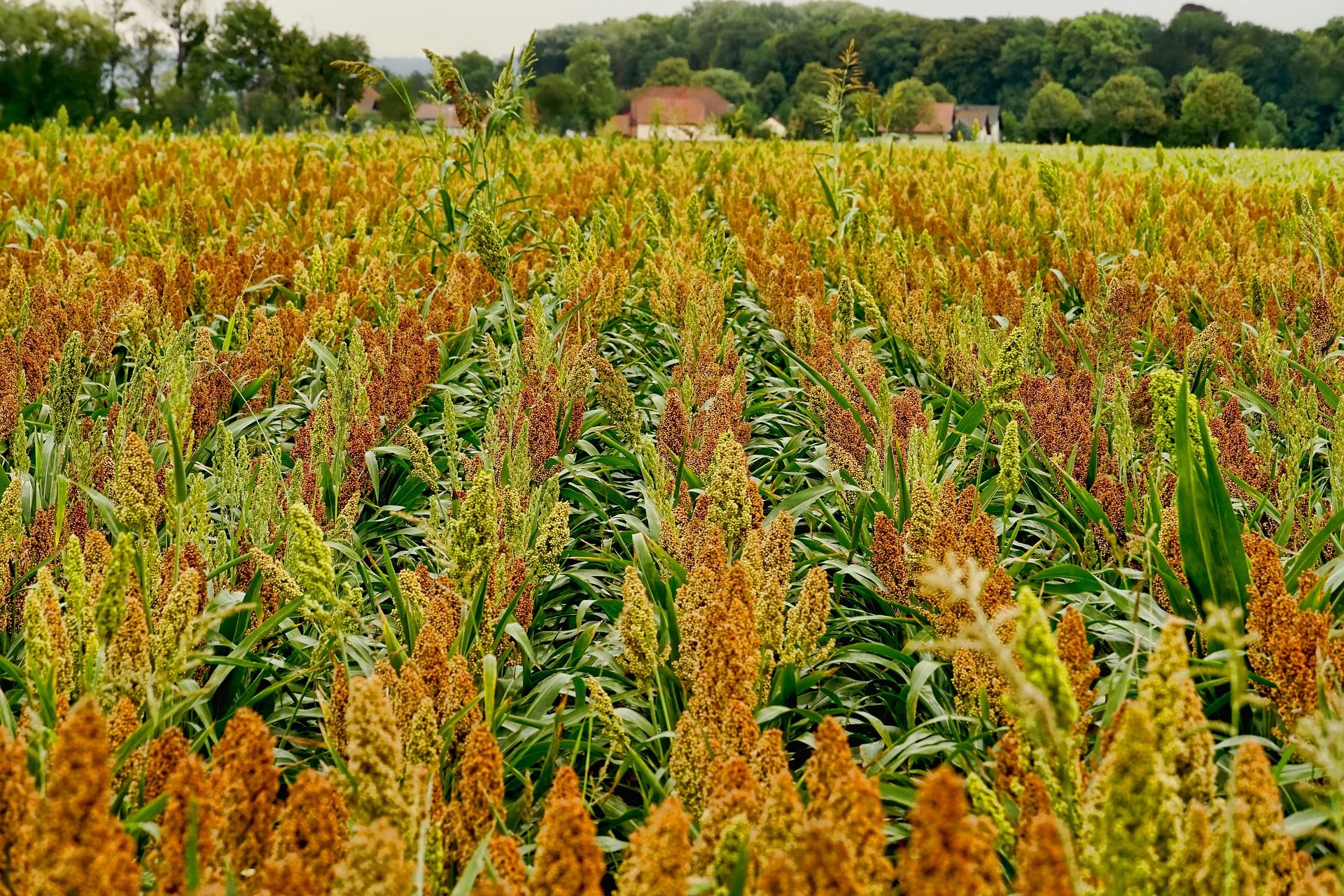
Despite this, Sorghum bicolor’s ability to grow in extreme conditions makes it a useful crop, especially with today’s weather patterns.
“In the era of climate change, we are expecting longer periods of drought and excessive heat,” explains Prof. Ian Dubery, the Director of the Research Centre for Plant Metabolomics at the University of Johannesburg. “Crop plants will also have to produce during intermittent and more severe flooding. It is time to adapt our existing crop plants for the conditions approaching us.”
The basis of the discovery, made by Dubery and Dr. Fidele Tugizimana, focuses on the way that sorghum plants can be primed with friendly bacteria around their roots. Doing this makes their leaves more resistant to attack from the CS fungus.
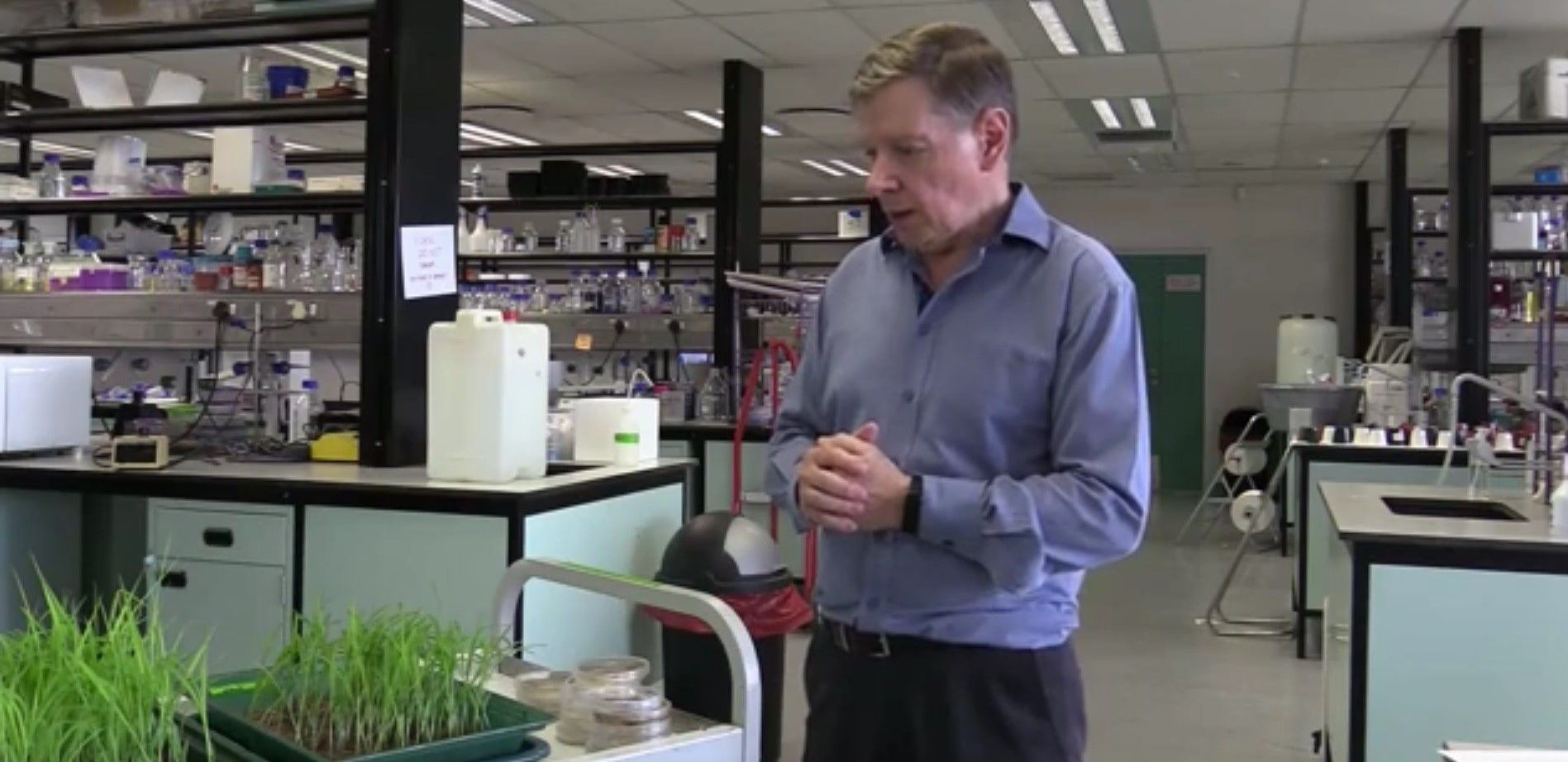
As Dubery explains, “Sorghum plants and the rhizobacteria they are primed with, team up to get the plant 'security system' on higher alert. It also acts faster and with a stronger response against the attacking fungus.”
While the power of these ‘plant-growth promoting rhizobacteria’ (PGPR) to boost plant growth was already known, the role of priming to defeat pathogens and moulds wasn’t. How and why priming operates is still not fully understood.
The study was based on sorghum plants grown in a laboratory to 30cm tall. At this point the roots of half of the plants were primed with rhizobacteria.
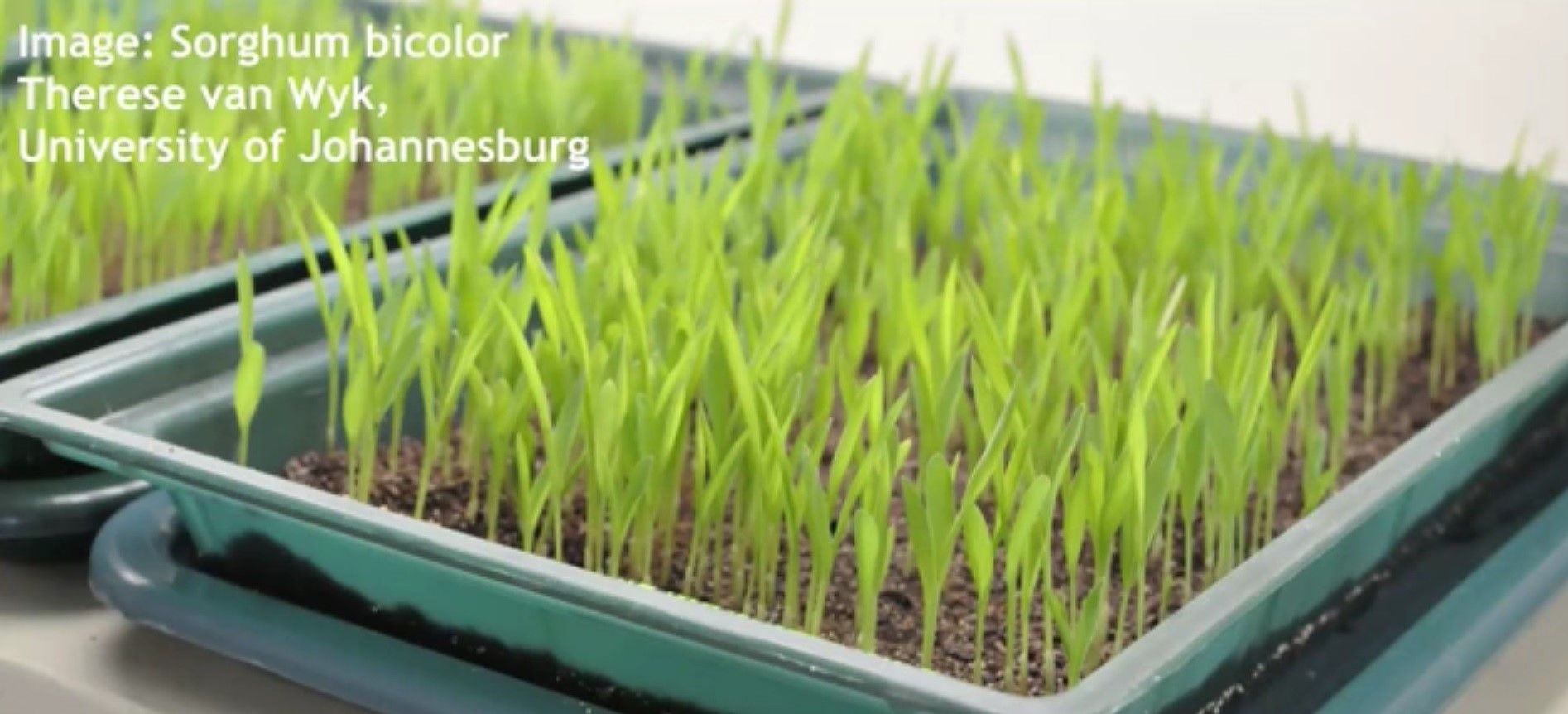
The researchers then analysed the chemicals produced by the plants in their leaves, stems, and roots, as well as the bacteria in the soil to understand the ‘chemical communications’ of how the plants and bacteria were ‘talking’ to each other.
As the scientific journal Phys.org explains, “This gave them the ‘metabolomic signature’ of a healthy plant primed with rhizobacteria.”
The other half of the plants were infected with the CS fungus to measure their reaction to attack. Again, the chemicals in the plants and bacteria were analysed to identify the ‘metabolomic signature’ of a primed, infected plant.
“They then repeated the whole process for the same variety of sorghum, with one exception. They didn't prime the roots with bacteria. Now they could see how much weaker the ‘security response’ was without priming.”
These processes created huge amounts of complex information and required big data analytics to quantify the more than 200 gigabytes of data. Employing multivariate statistical analysis, machine learning algorithms, chemometrics, and mathematical methods the team were able to identify the information required to form a conclusion.
What the researchers found was that from one to three days after infection with the fungus, “… the primed plants produced several times higher quantities of plant hormones than non-primed plants, in particular hydroxyjasmonic acid-glucoside and zeatin.”
Additionally, the team found higher levels of the amino acids tyrosine and hydroxy-tryptophan, as well as increased production of lipids, particularly phytosphingosine, and more than three times as much tryptophan than usual.
Most importantly, after nine days very few primed sorghum plants showed symptoms from the CS fungus attack. Those that had symptoms were very minor compared to the untreated plants and could be described as a ‘localised hypersensitive response’.
“We found that primed sorghum plants have more sensitive plant security systems,” concludes says Tugizimana. “They switch these systems on sooner than they would without priming. The primed plants also responded better to fungal attack. They had much lower infection rates and reduced symptom development compared to non-primed plants.”
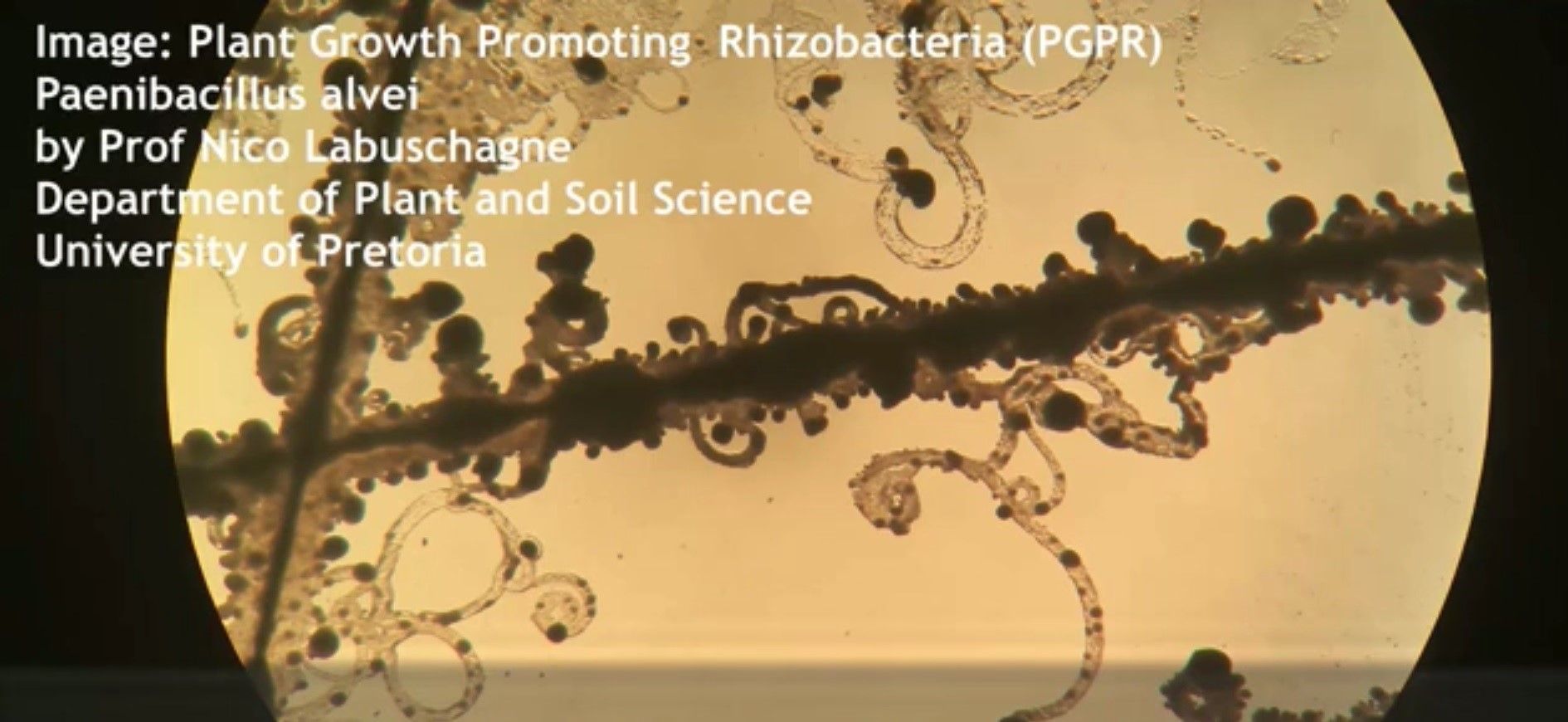
The study has now been published in the journal Microbiological Research, where they highlight, “The underlying key metabolic changes in the enhanced drought stress tolerance observed in rhizobacteria-primed S. bicolor plants included (1) augmented antioxidant capacity; (2) growth promotion and root architecture modification … ; (3) the early activation of induce systemic tolerance … ; (4) the production of the osmolytes proline, glutamic acid and choline; (5) the production of the epicuticular wax docosanoic acid and (6) … lowered ethylene levels.”
“We found out how the interaction of the beneficial bacteria with sorghum plant roots modifies the plant's ability to defend itself,” says Tugizimana. “The primed sorghum plant changes how it apportions energy and redirects its metabolic pathways more to defense, rather than growth or seed production. In this way, it changes the composition of its protective chemicals to resist the fungus. This is how it starts making new 'cocktails' to enhance its chemical defenses.”
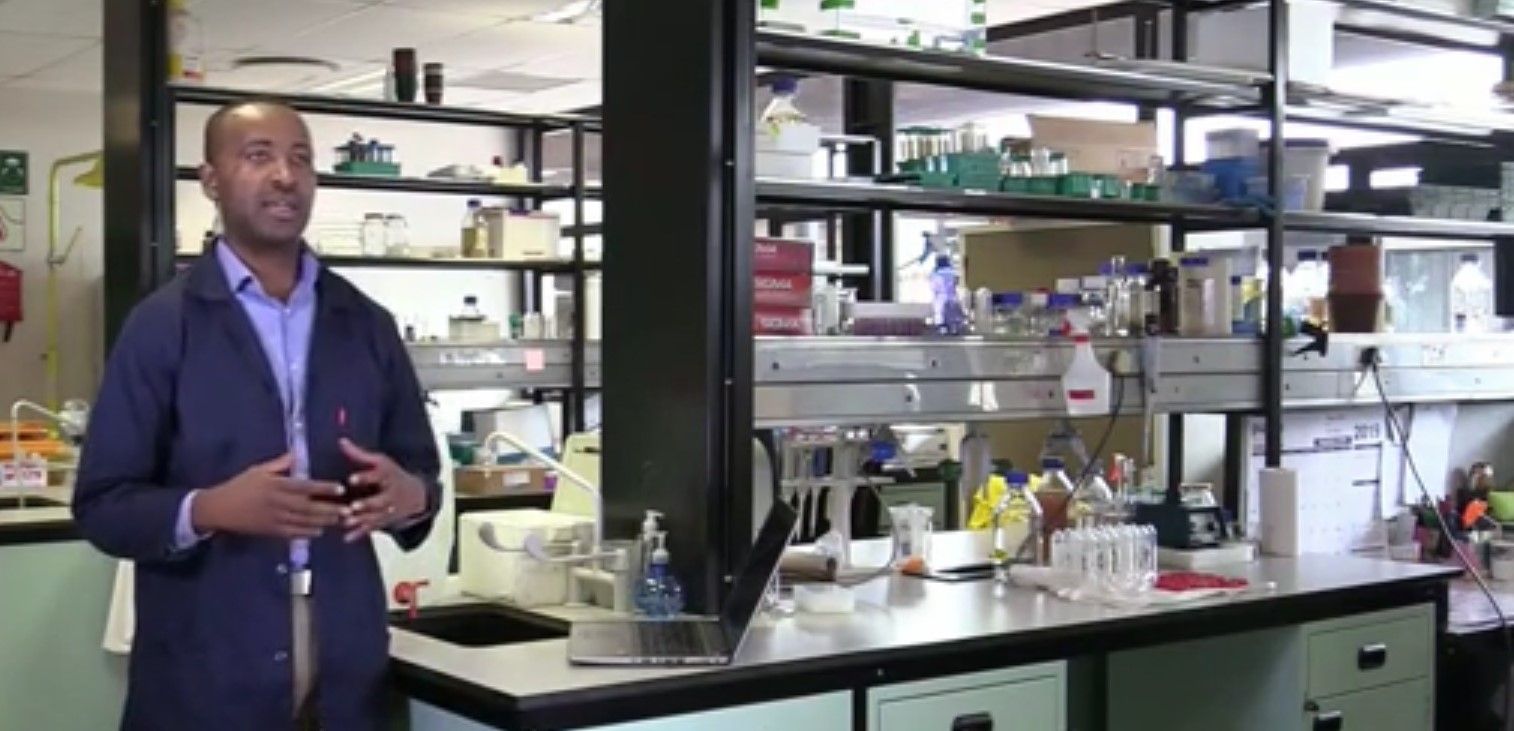
Given the relatively low cost of rhizobacteria, as well as their sustainability and low environmental impact compared to conventional pesticides and fertilizers, the research provides further evidence of the power biofertilizers. While the issue of transporting ‘live’ bacteria to remote, rural areas will require further study, the lab results have opened a door on understanding of how biofertilizers help plants defend themselves.

“Priming with rhizobacteria can make a susceptible plant more tolerant and a tolerant plant more resistant to disease. This means that priming, or preconditioning, can enhance crop yields and reduce the use of pesticides,” says Dubery. “It is a promising, sustainable and low-cost option to get more effective resistance in real-world farming conditions, where many pathogens threaten food crops.”
You can read the full study Unravelling the Metabolic Reconfiguration of the Post-Challenge Primed State in Sorghum bicolor Responding to Colletotrichum sublineolum Infection on the open access journal Metabolites.
Photo credit: MicrobiologicalResearch, & Phys.org, Schwoaze from Pixabay, Franck Barske from Pixabay
